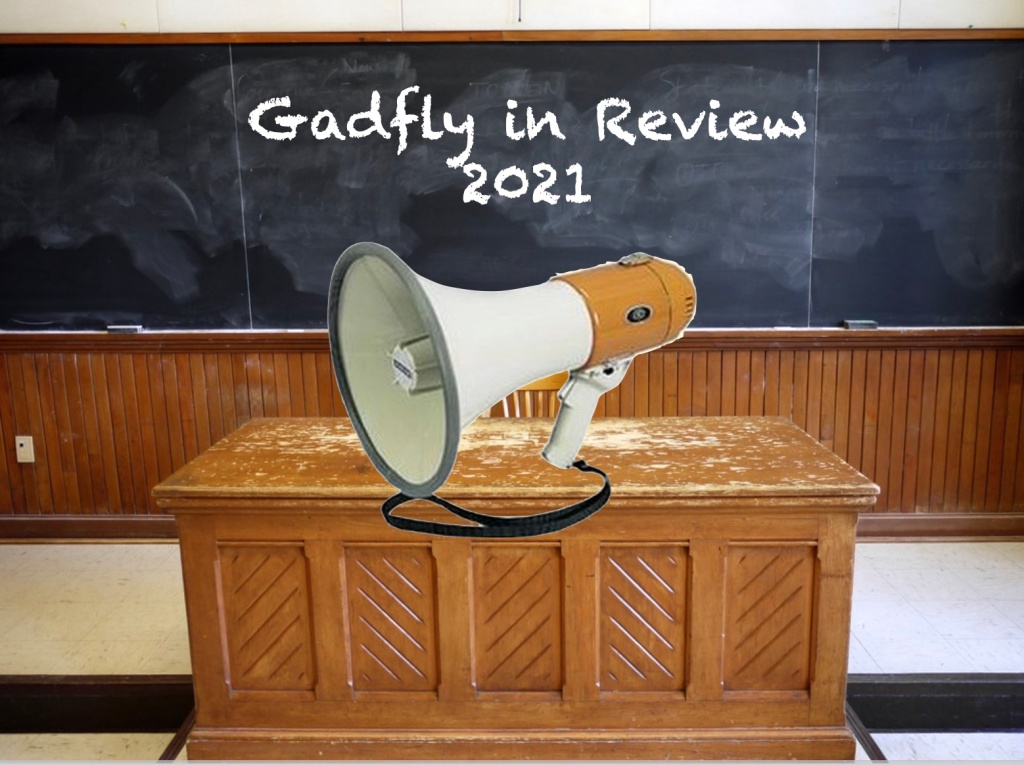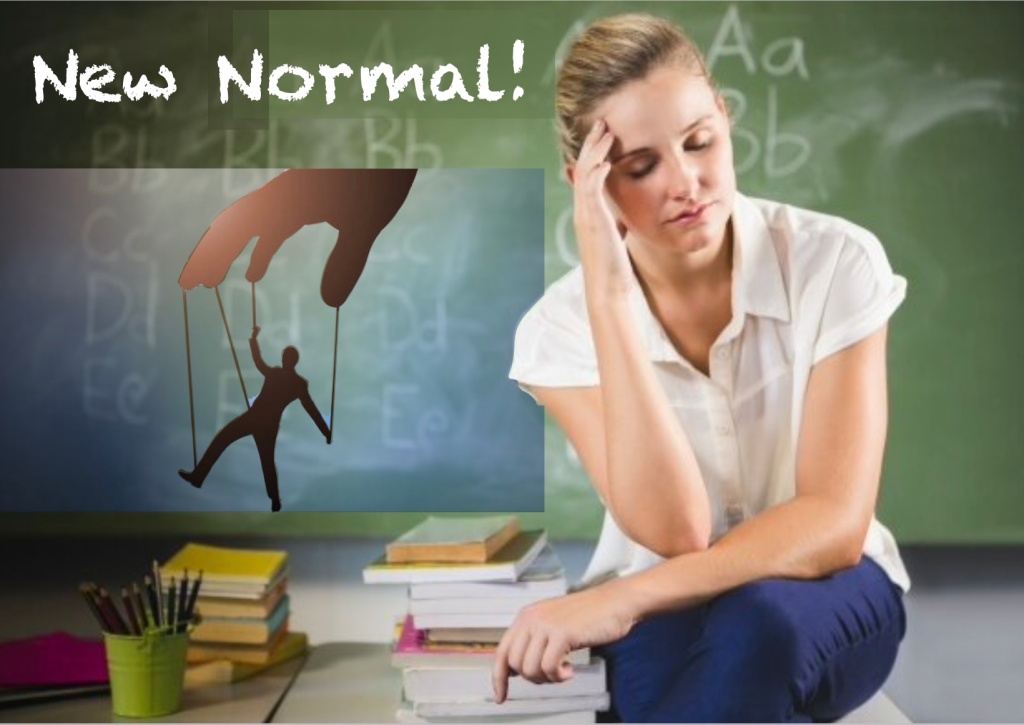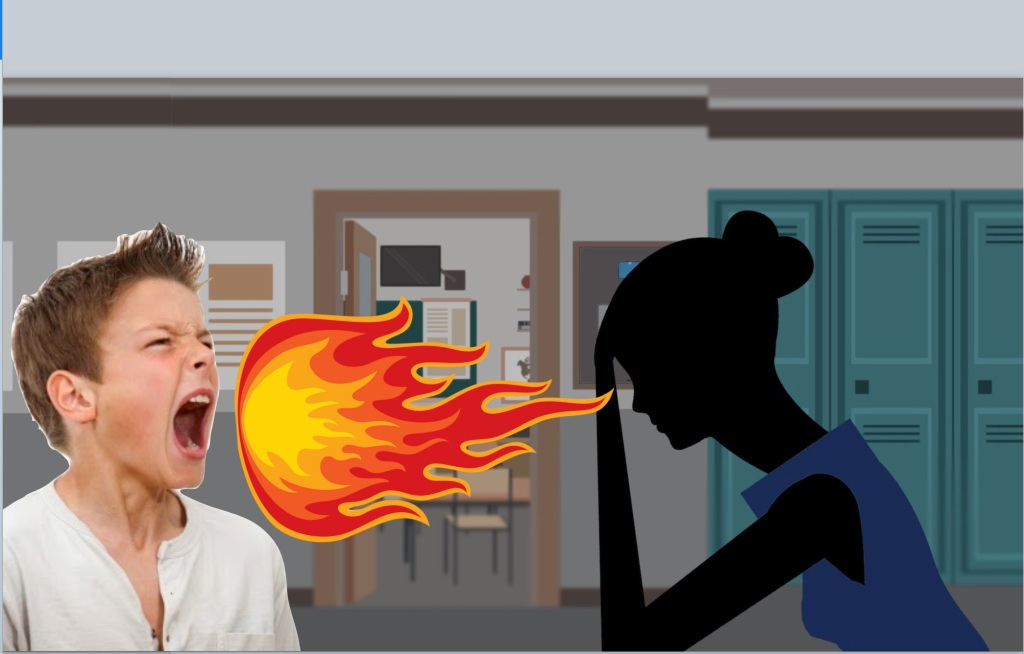
At the end of the school year, I like to show my 8th grade students the movie “Freedom Writers.”
It’s a good culminating film for the class because many of the subjects and texts we read are mentioned by the characters – “The Diary of Anne Frank,” “To Kill a Mockingbird,” the civil rights movement, journal writing, etc.
It reinforces the relationship between historical narratives and the fight for human rights as well as underlines the importance of raising your own voice.
However, it is also a movie that has come under fire for perpetuating the white savior trope.
The film is based on the true story of Erin Gruwell, a white middle class woman, who taught inner city children to find their own voices by writing about their lives in Freedom Writer journals.
The biggest problem seems to be that in the film the teacher takes on more jobs to afford supplies, spends time putting together field trips, and even ends up losing her marriage so her students’ needs will be met in the classroom.
Is she a white savior transforming, saving and redeeming the lives of her students through her own personal sacrifices?
Is this essentially a feel good story about a white person saving otherwise irredeemable brown skinned children?
Honestly, I don’t think so. I suppose the answer depends on how much the students’ success should be attributed to the sacrifices of their teacher, and how uncomfortable we should be by the fact that she’s white while her students are predominately children of color.
Is there something wrong with these kids? Absolutely not. Stereotypes aside, their problems arise from the circumstances in which they live more than anything else.
But if I’m being truthful, I have to admit these are tough questions, even more so when we’re asking them about real teachers and students. After all, I show the movie to my students because we’re in a somewhat similar relationship. They have many analogous experiences and I try to teach them using some corresponding texts and methods.
And am I not also a white teacher with a class of mostly black and brown children?
How often are people in my own position labelled white saviors? And what part of that label is denigration and what part valid criticism?
On the one hand, there are legitimate challenges born out of this situation.
About eight-in-ten U.S. public school teachers (79%) identified as White (non-Hispanic) during the 2017-18 school year, according to the National Center for Education Statistics (NCES). Fewer than one-in-ten teachers were Black (7%), Hispanic (9%) or Asian American (2%). So this situation is pretty much the norm – most students of color have white teachers.
This is challenging because study after study shows white teachers bring their biases with them to the classroom. They often have lower expectations for students of color, which greatly affects their students’ motivation and achievement. This may even impact expulsion and discipline rates as well as other facets of students’ academic experiences.
With the constant emphasis on standardized test scores and the testing gap, it is easy to fall into the trap of seeing students of color as less than. After all, children of color in general do not score as well as richer whiter kids. So teachers are encouraged to look at the situation as one in which they can act on their students and MAKE them have higher scores simply by giving the right test prep and forcing their students to do these boring and extrinsic assignments by using increasingly punitive inducements.
However, I do not think it is correct to characterize this as being a white savior. I think it is being a colonizer, and I have seen the same kinds of attitudes and actions from people of various races and ethnicities.
In my own admittedly limited experience, the most test obsessed teachers and administrators I have ever know have been people of color – almost as if they were trying to make a point about their own racial identity by raising test scores of the children in their charge.
The problem is that the testing gap has nothing to do with any deficiency in black and brown students. It comes from biased and unfair questions which are based more on privilege and culture than authentic academic ability.
The problem with being a colonizer is that it enforces a prejudicial status quo. So raising test scores (even if you’re successful) does little to help people of color. It simply justifies making them jump through biased and unfair hoops in the first place with the excuse, “See? They did it. Why can’t you?”
In this way, I agree with, Dr. Christopher Emdin, an associate professor at Columbia University’s Teachers College, who advised educators in his book “For White Folks Who Teach in the Hood…and the Rest of Y’all Too”:
“You are there not as a savior, but as a revolutionary.”
Teachers should be openly antiracist – especially white teachers. As difficult as it can be sometimes, we must not allow racism to become a taboo topic – something to be whispered about but never spoken of by name. We need to have the uncomfortable conversations. We need to read texts by people of color and honor every student’s race and culture. We need to prize difference and examine our own reactions to it.
However, as I said I do not think the issue here is saviorism.
That is something completely different though just as harmful.
Regardless of race or ethnicity, teachers are forced to be martyrs .
You can criticize Gruwell’s story because of all she gives up for her students, but that is kind of what teachers are obliged to do if they want to accomplish even a smidgen of their responsibilities.
For example, more than 90 percent of educators use their own money to buy school supplies for their students, according to a survey from the National Education Association (NEA).
An analysis from My eLearning World showed teachers for the 2022-2023 school year spent an average of $820.14 on classroom supplies.
However, educators cannot deduct even half of that cost from their taxes.
Why do teachers do this? Because schools don’t purchase what kids need. So – especially in impoverished areas – educators are left with the choice of watching students do without or simply meeting that need, themselves.
Almost every aspect of teaching involves some kind of sacrificial trade off like this.
You can have a classroom with bare walls or you can buy and put up your own decorations to make it a welcoming environment for students. You can try to get kids up to your school’s meager library (assuming one even exists with a full-time librarian to keep books in stock) or you can just purchase your own classroom library.
Heck! There are only about 40 minutes or so in most teachers’ day to plan their lessons and grade student work. That’s not nearly enough time. Just to get the bare minimum done, educators have to spend hours and hours extra daily without pay.
Moreover, teachers salaries are not commensurate with other professionals. They are paid 20% less than other college-educated workers with similar experience, and a 2020 survey found that 67% of teachers have or had a second job to make ends meet.
You want more teachers of color to enter the profession? Then stop making privilege a prerequisite to apply!
This is why so many teachers are leaving the profession. They don’t want to be sacrificial offerings anymore.
The entire country is in the midst of a national educator walk out. Teachers are refusing to stay in the classroom due to poor salary, poor working conditions, heavy expectations and lack of tools or respect.
After decades of neglect only made worse by the Covid-19 pandemic, we’re missing almost a million teachers.
Nationwide, we only have about 3.2 million teachers left!
Finding replacements has been difficult. Across the country, an average of one educator is hired for every two jobs available.
And you want to complain that teachers are acting like saviors!?
Fine! Stop giving us two pieces of wood and some nails!
While there is a legitimate caution behind the white savior teacher trope, it is mischaracterized and misused in order to gaslight educators to simply take the abuse and be quiet.
Yes, educators need to stop defending the status quo. We need to examine our biases and embrace racial and cultural differences. We need to actively work to tear down systems of oppression even in our educational system.
But we also need to reform those systems so they don’t require us to self immolate. We need an education system that actually provides enough resources to students so that their teachers don’t need to jump on the pyre to keep them warm.
These are two sides of the same coin. The same system that oppresses children of color by withholding enough compels teachers to become saviors. The one is built upon the other.
Civil rights activists need to do a better job recognizing this and speaking out against it.
As activist Lilla Watson famously said:
“If you have come here to help me, you are wasting your time. But if you have come because your liberation is bound up with mine, then let us work together.”
Like this post? You might want to consider becoming a Patreon subscriber. This helps me continue to keep the blog going and get on with this difficult and challenging work.
Plus you get subscriber only extras!
Just CLICK HERE.

I’ve also written a book, “Gadfly on the Wall: A Public School Teacher Speaks Out on Racism and Reform,” now available from Garn Press. Ten percent of the proceeds go to the Badass Teachers Association. Check it out!
























